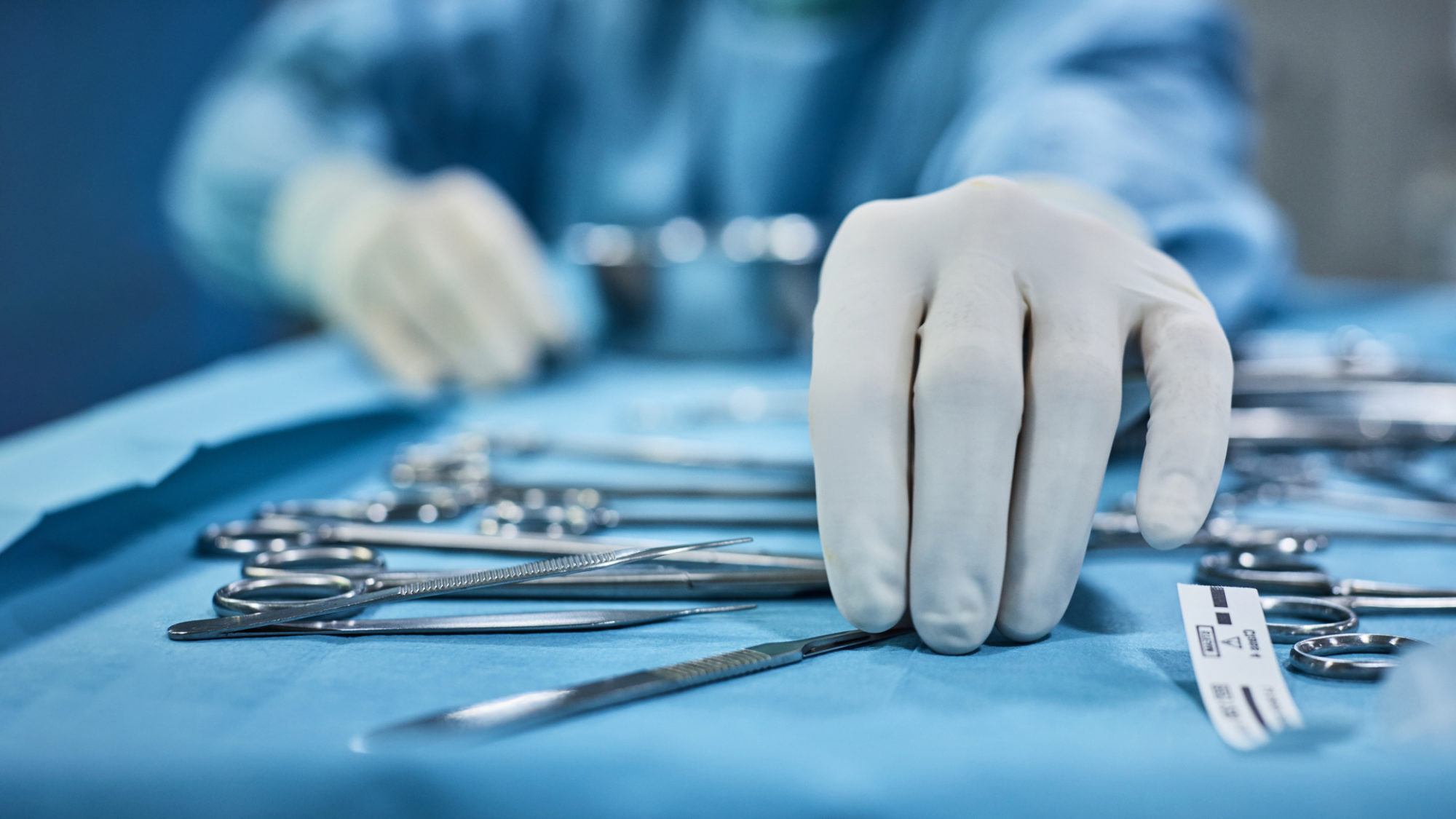
Carotid Artery Disease
Carotid Artery Disease Overview
Carotid artery disease occurs when fatty deposits known as plaques build up inside the carotid arteries, which deliver oxygen-rich blood to the brain and head.
Carotid artery disease can lead to a stroke, a medical emergency in which blood supply to the brain is reduced and brain cells begin to die. A stroke can cause permanent disability or death.

Carotid Artery Disease Symptoms
Using a stethoscope, your doctor may be able to hear a whooshing sound called a bruit, which suggests a change or reduction in blood flow due to plaque buildup. However, this symptom is not always present in people with carotid artery disease.
Symptoms may go unnoticed until they are serious enough to deprive the brain of blood, causing a transient ischemic attack (TIA) or stroke.
Symptoms of a TIA or stroke are sudden and may include:
- Numbness or weakness in your face or limbs, often only on one side of the body
- Inability to move one or more limbs
- Trouble speaking and understanding
- Trouble seeing in one or both eyes
- Dizziness or loss of balance
- Severe headache with no known cause
A TIA, often called a “mini stroke,” occurs when blood flow to the brain is blocked for a short period of time. It shares the symptoms of a stroke but usually does not result in permanent brain damage. However, it is a warning sign that a stroke is likely to occur.
If you think you are having a stroke or TIA, call 9-1-1 immediately.

Carotid Artery Disease Treatments
The goal when treating carotid artery disease is to prevent a stroke from occurring. If your blockage is mild to moderate, your doctor may recommend lifestyle changes to slow progression of plaque buildup, or medication to control blood pressure or lower cholesterol.
Lifestyle changes usually include:
- Following a healthy diet
- Becoming physically active
- Quitting smoking
If your blockage is severe or if you have already had a TIA or stroke, your doctor may recommend removing the blockage with one of the following procedures:
- Carotid endarterectomy – In this procedure, plaque is removed from the carotid artery through an incision in your neck. The artery is repaired with either stitches or a graft.
- Carotid angioplasty and stenting – In this procedure, a small, deflated balloon is threaded by a catheter to the area of the blockage. The balloon is then inflated to widen the artery and push plaque outward, and a small wire mesh stent is inserted to prevent the artery from narrowing again.
Additional Information on Carotid Artery Disease
How common is carotid artery disease?
Carotid artery disease causes more than half of the strokes that occur in the U.S. More than 795,000 Americans suffer a stroke each year.
Who gets carotid artery disease?
Carotid artery disease is more likely to occur in older adults because arteries become more prone to injury with age.
Other risk factors for carotid artery disease include:
- High cholesterol
- High blood pressure
- Insulin resistance
- Diabetes
- Bbeing overweight or obese
- Lack of physical activity
- Unhealthy diet
- Family history of atherosclerosis (plaque buildup in blood vessels)
- Smoking
How is carotid artery disease diagnosed?
The following may be used to diagnose carotid artery disease:
- Medical history to determine your risk factors
- Physical examination to test your physical and mental capabilities
- Carotid ultrasound to assess blood flow and pressure in the arteries
- CT or MRI scan to look for evidence of a stroke or other abnormalities
- Angiography to produce better images of blood flow in the arteries



